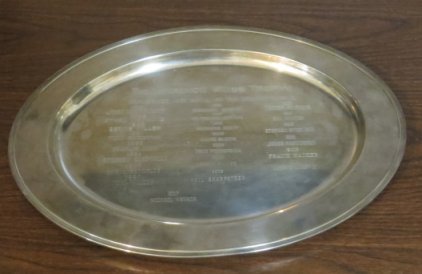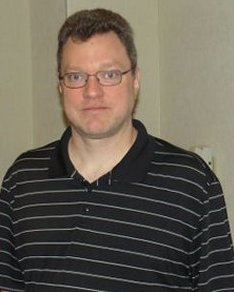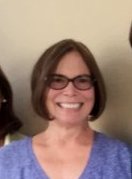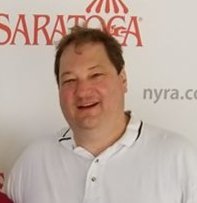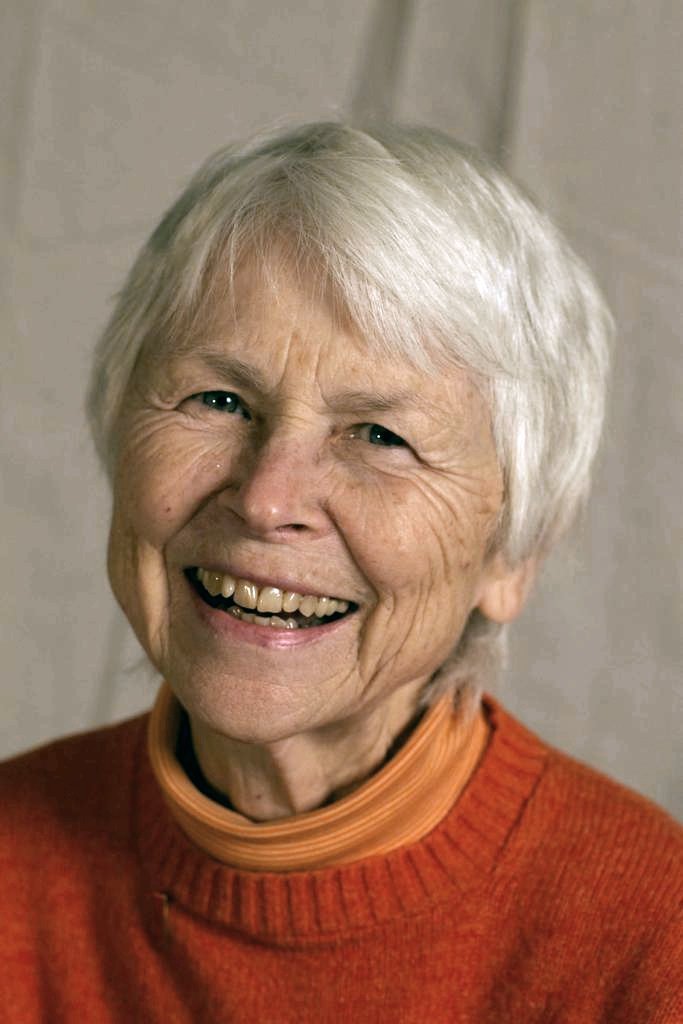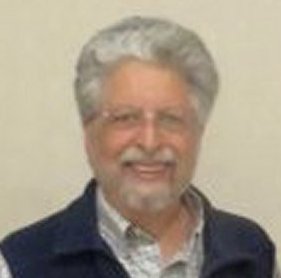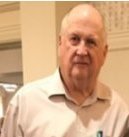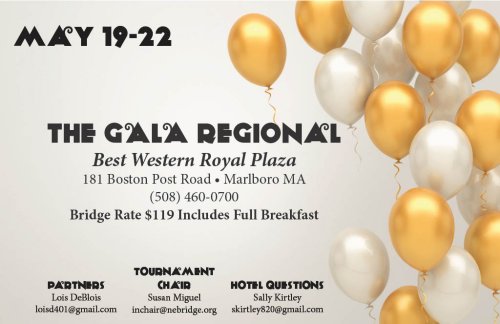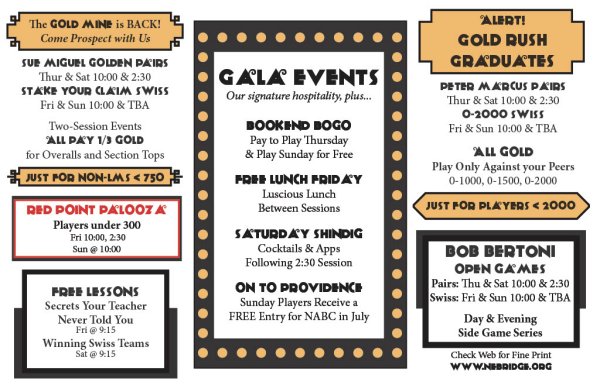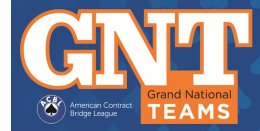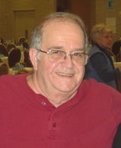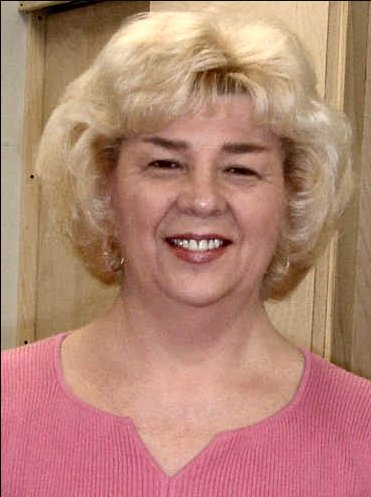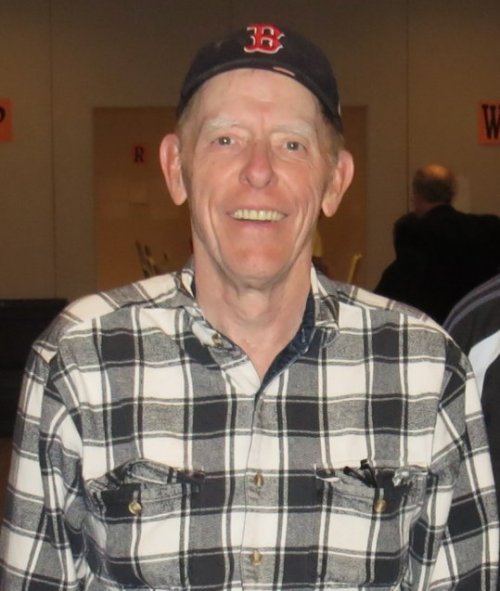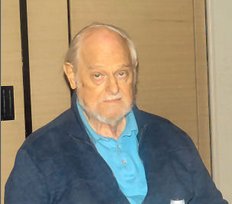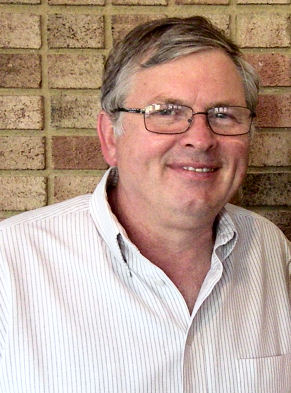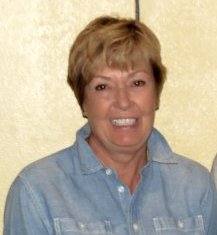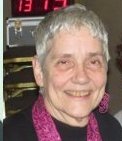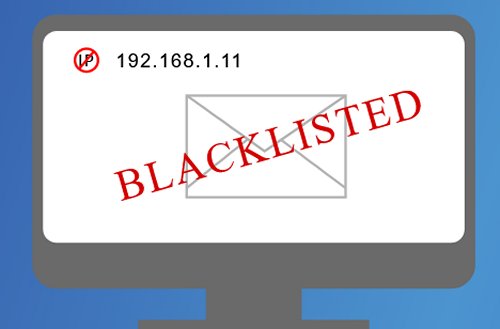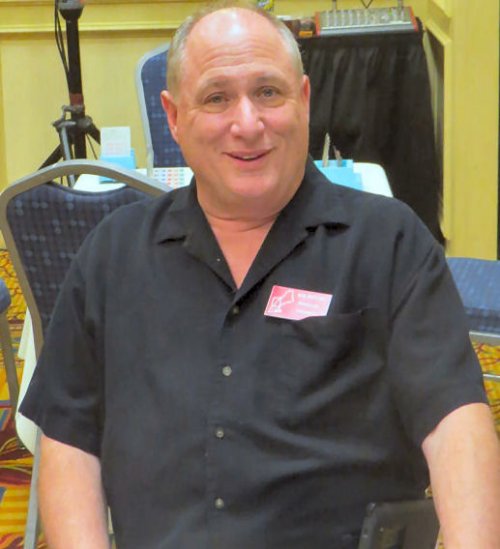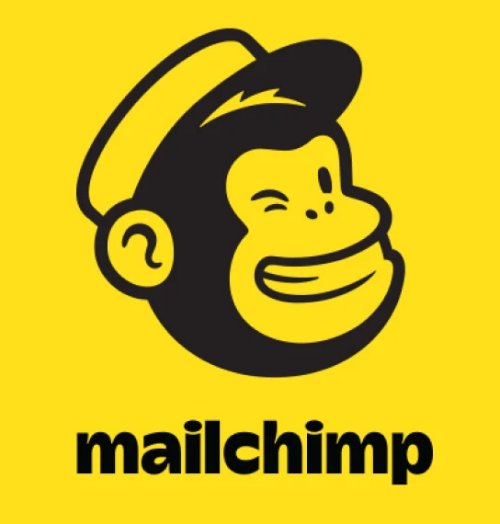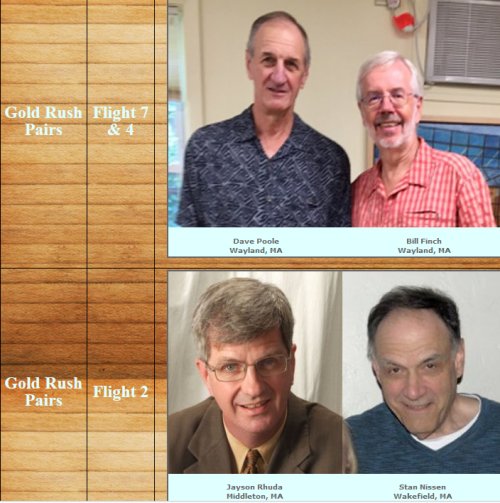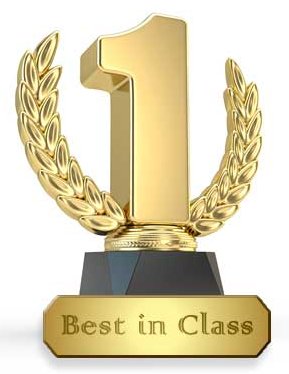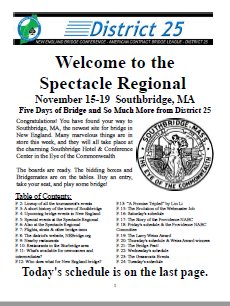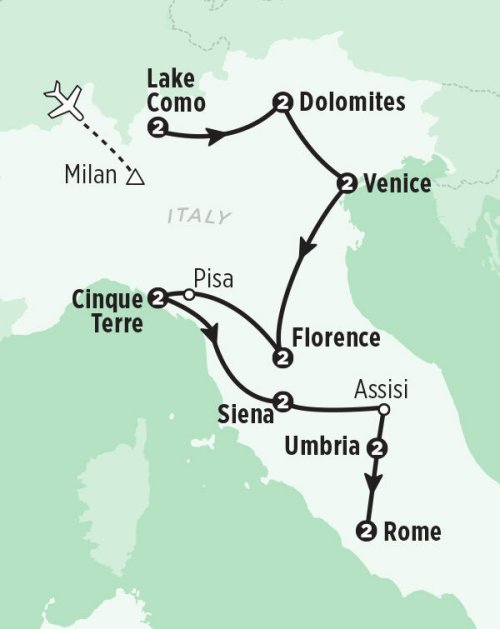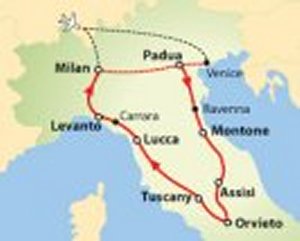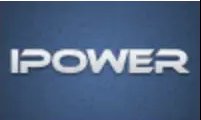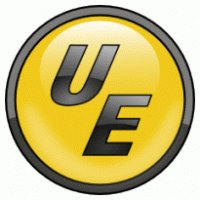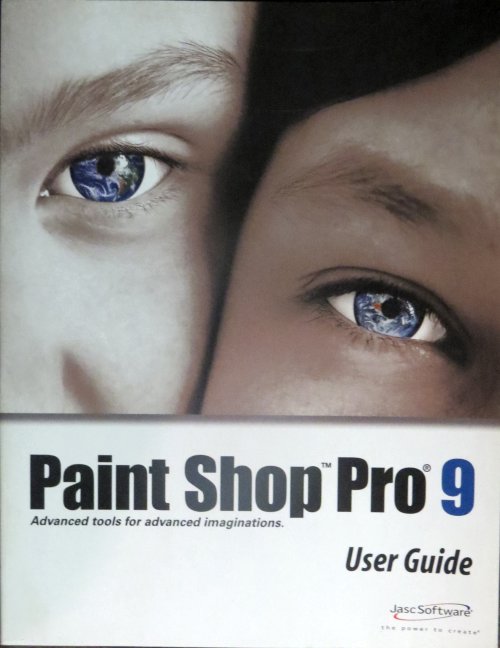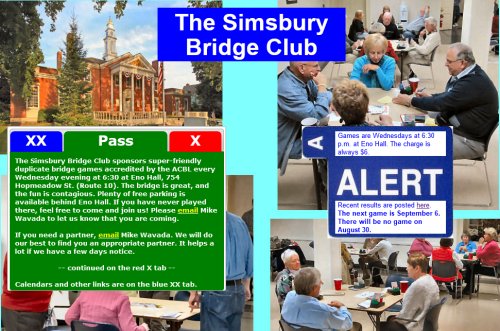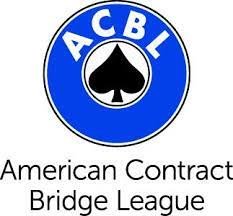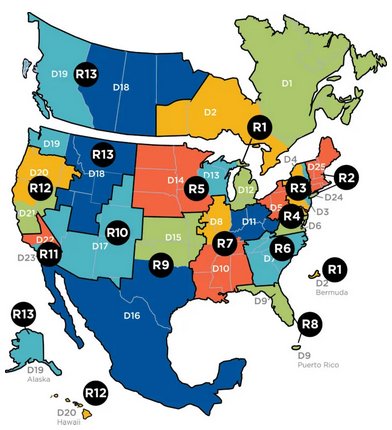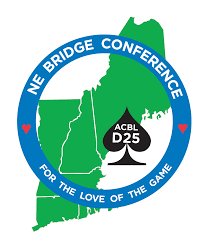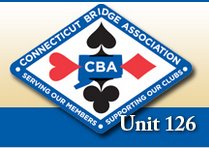A new award for New England bridge. Continue reading
The Larry Weiss Award (introduced here) was an engraved silver tray that was presented by the New England Bridge Conference a total of twenty-three times over the period of its existence—1982-2022. The history of the award, including its original criteria and evolution in 2023, is documented here.
In 2017 I won the award. I was very proud of this, but I also pledged to myself that I would make sure that it was given to someone else the next year. The committee that I formed in 2018 voted for Bob Bertoni, who was the District Director. That responsibility left him little or no time to organize a committee to manage the process of selecting the next recipient in 2019. Then came the pandemic, and to make matters wors Bob developed cancer and died in July of 2021.
It did not make sense to try to give out the award in 2021. No regional tournaments were held in New England the entire year. In 2022 I argued in the Executive Committee’s Zoom meetings that the award should again be given out in 2023, and I volunteered to chair the committee again. There was no opposition. The president, Curtis Barton, told me to go for it.
A few months later I discovered that no one knew where the Larry Weiss trophy was. I was not about to call Bob’s widow, Beth, and quiz her about it. Besides, there was only room enough on the tray to squeeze in one more name. So, the EC voted that the award committee should decide on a new award, name it, set up the criteria, buy it, and present it..

I selected committee members in much the same way as I did in 2018. I wanted people who had participated in the post-pandemic tournaments, and I insisted that at least one person be from each district. A few people turned me down or never responded. In the end two EMBA players agreed to be on the committee, Natalie Bassil and Dan Jablonski. The others were Michelle Blanchard, Chris Soares, Lucia Carlisle, Sue Collinson, Dan Morgenstern, and Judy Hyde.
The protocol was similar to what I used in 2018. All of the communication among members would be via email. Nominations would be submitted by the players throughout New England. Two sets of votes would be held. In the first one committee members would be allowed to name three (or fewer) nominees who they thought were worthy of the honor. Then each person would vote for one person from the reduced list.
The first step was to come up with a name and a set of criteria. I proposed the name Weiss-Bertoni Award and added one criterion to the three listed on the Larry Weiss document. “Extraordinary service to promote face-to-face bridge at all levels in New England.” The one thing that I was most adamant about was the phrase “face-to-face”. I felt that online bridge, championed by the ACBL both during the pandemic and afterwards, was destroying the face-to-face game.
I sent an email to each committee member with my proposal and asked them to suggest improvements. The proposal that I attached has been posted here. A few members suggested that two proposals would make more sense. Since I had only been authorized to award one trophy, I did not put those ideas to a vote. Chris Soares was the only person who made a constructive suggestion:
Thank you for a thoughtful and concise revision.
In new Section 4 I’d suggest that
“It would seem to make sense for the committee selecting the current nominee to include the current winner…”
be changed to
“It seems sensible for the committee selecting the current nominee to include the current winner, if possible…”
A bit cleaner and addresses the unfortunate reality of death
I liked her suggestion. Since I could not imagine anyone objecting to it, I did not put it to a vote. So, we now had a name and some good criteria.
Nominations: I asked the new webmaster, Gary Peterson to post an item on the main page of the district’s website to solicit nominations. Players were asked to send nominations with the reasons for their choices to my email account. At the same time I sent an email to all active players in D25. It is posted here.
The response was almost overwhelming. In the end I received ninety-nine emails nominating forty-one players. I nominated five people: Felix Springer, Trevor Reeves, Donna Feir, Linda Starr, and Joe Brouillard. I disqualified two of the nominees. Two people told be that I should be nominated. I told them that I was not eligible because I had won in 2017. One person nominated a woman who lived in New Jersey who, as far as I could tell, had never played in a tournament in New England. Chris Soares nominated someone who had recently died. Since he had been alive for most of the time since the last award was given, I allowed it.
I wrote php code for a webpage on Wavada.org to allow the members of the committee to read what players had said about the people that they had nominated. A link to the webpage is here. I left the nominations open until March 17.
On March 18 I sent the following email to the committee members:
The nomination process is now finished. The last nomination–and it was for a player who had not previously been nominated–came in at 11:53 last night. I was very impressed by the response. I am quite sure that no previous nominating process sparked anything comparable.
I only disqualified two nominations. One was for a player who lives in New Jersey and never seems to have played in New England. The other was for a previous winner of the Weiss award.
I have created a word-processing document for each nominee. Every document contains all the supporting material that was provided by nominators. I will create a pdf file from each of these and post them where each of you can read them. I have written a program that will make it easy to find and open them. I will send the link to this program as soon as all of the pdf files have been checked. I want to make sure that nothing was lost in the transition.
I hope for the evaluation phase to start on Monday. Since I am playing f2f today and tomorrow, it may be a day or so later. During that phase you will be provided time to read all the materials and, if you wish, to send me your thoughts (attributed or anonymous) to add to the pdf files before we start voting. I will provide more details when I send the link.
I made two mistakes in posting the nominations. I accidentally left off Ed Rothman, who Chris Soares had nominated. When she complained about it, I apologized, added him, and made sure that everyone knew about the mistake. I also left off Linda Starr, whom I nominated. I did not discover that until later.
The email containing the link and instructions for reading the nominating emails was sent on March 20:
It is time to start evaluating the cases for the forty players who have been nominated for the Weiss-Bertoni award. The official web page for this award is at https://nebridge.org/pages/481/. You can review the criteria there.
I have posted the text of all of the nominations on my website. You can view them through the alphabetical index at http://wavada.org/BAN001.php. When you get to that page click on the button at the bottom labeled “Generate HTML”. A list of the nominees, their units, ranks, and current masterpoints will appear. Beneath each nominee is a list of the people who nominated him/her. To read the text of the nominations just click on the underlined name of the nominee.
I did not edit the nominations except to leave out “thank you” and similar messages. I copied and pasted (as text) all of the messages. So, every message is in one uniform font without bolding, colors, emojis, or other flourishes.
The next step is to record your reactions and send them to me. You can specify that you want the message to be anonymous if you like. Otherwise, I will attribute it to the sender. I will either add the reactions to the bottom of the appropriate document or create a new document for reactions. I have not decided which to do. In either case you will be allowed to read them through the above link on my web site.
After everyone has a chance to digest the nominations and reactions, we will have a preliminary vote. In 2018 everyone was allowed to select three nominees whom they would be comfortable with as the winner. The people who appeared on at least five of these nine lists were considered finalists. The final voting was to select one of the finalists as the winner. Unless someone has a better idea, we will probably do it the same way this time.
Dan Morgenstern has agreed to be on the “subcommittee” that selects and purchases the physical award. If you have strong feelings about it (I don’t), you can contact him directly at dmdockayak@aol.com.
Please let me know that you received this email. I will send it again later in the week to anyone who doesn’t respond.
Discussion phase: On March 30 I sent an email to begin the “discussion phase”:
The nominating process for the Weiss-Bertoni award has ended. Before taking votes I want to solicit information and opinions from the committee members. I know a dozen or so nominees very well and another dozen or so well enough so to greet at a tournament. The people whom I know well live fairly close to me or have served with me on committees, boards, or projects. I would like to know what committee members with different backgrounds and locations think. I am also eager to share some of the “insider” experiences that I have had.
To that end I would like the other members of the committee to—if they want to—send me their anecdotes, thoughts, and feelings about any of the nominees that they know fairly well. I will create a pdf file for each nominee who receives comments from members and post them on the list. Each comment will be attributed to the sender unless it was specified that it was to be considered anonymous. For each nominee the word “Comments” will appear in red beneath the list of nominators if any comments have been received and posted. Clicking on “Comments” will produce a pdf file with all the comments for that nominee. I should have this portion of the web page working by Monday, April 3.
We can then start voting when everyone has had a chance to comment and digest the comments of others. I think that we should be able to do so near the end of April. It’s been five years since the last award; we should take as much time as we need.
Please let me know when you receive this message. I am sending the emails one at a time to try to avoid spam filters.
I was disappointed with the response to the request for additional comments. Perhaps it was a surprise to people that there were so many nominations to read. I read them all. Almost all of them were very short. Hardly anyone listed any details. I added my own comments to quite a few, but only one or two other people on the committee expressed their opinions.
This was, I suspect, another unexpected result of the pandemic. People had not been playing in very many different places. So, they were unfamiliar with the people who were working hard in other parts of New England. I know that I was.
Voting: The first round of voting began on May 1;
The participation in the “discussion phase” by the members of the Weiss-Bertoni committee was somewhat disappointing to me. The discussion phase in 2018 was more lively. Several committee members this time said that they were not very familiar with any of the nominees. Perhaps this is symptomatic of the isolation imposed over the previous three years.
It is May now, and we should start voting. Please send me a list of up to three of the nominees. They should be people whom you would be most comfortable with as the first recipient of the Weiss-Bertoni award. The criteria have been posted at https://nebridge.org/pages/481/. The list of nominees, including descriptions by the nominators and comments by committee member is stall available at http://wavada.org/BAN001.php. A few additional comments were added over this last weekend.
Please try to send your list to me this week, if possible. I will tabulate all of the votes and come up with a short list of finalists. I still expect to present the award at the Board of Delegates meeting in June.
The following people received at least one vote in the first round of voting: Karen Barrett, Joe Brouillard, Lois DeBlois, Yan Drabek, Donna Feir, Bob Gaudet, Kim Gilman, Tim Hill, David Metcalf, Sue Miguel, Ed Rothman, Bob Sagor, and Caroly Weiser. Sue Miguel and Joe Brouillard received more votes than the others.
This email for the final vote was sent on May 9:
Thank you very much for participating in the process of selecting the first winner of the Weiss-Bertoni award. Thirteen nominees received at least one vote in the elimination round. Two candidates received more than the others. So, the final choice is between Joe Brouillard and Sue Miguel. Please send me your choice of one or the other.
If you wish to review the nomination materials or comments, they are still available at http://wavada.org/BAN001.php.
The final vote was very close. It was 4-4 as I awaited the final vote, which finally arrived on May 18.
The new trophy: My original idea was to procure a tray that resembled the original Larry Weiss trophy as closely as possible. It was round and silver-plated. There was enough space on it for the name of the award, a phrase that described it, and twenty-four name-date combinations. If we gave it out every year, I would be 98 when it was full, and no one would ask me about it.
I spent many hours on the Internet looking for such a thing. I was pretty sure that the original, which was in my possession for an entire year, was at least eighteen inches in diameter. I found nothing that exceeded sixteen inches, and those trays all had ornamentation on them that would have greatly reduced the available space.
I asked for some time at the Executive Committee meeting. Of course, I was last on the agenda. I asked for a budget and/or help in choosing the new trophy. People were very eager to end the meeting. In the chaos of the last few seconds Sue Miguel, Peter Marcus, and (I could be wrong about her) Carolyn Weiser agreed to “take it offline”, which I interpreted to mean that they would form a subcommittee and take care of it.
I asked for a volunteer from the awards committee to join them, and Dan Morgenstern said that he would. I did not forget about the trophy, but I stopped researching. I received the following email from Dan on April 8:
I am out of the country until 4/25…I won’t be able to comment .
Also, none of the folks who volunteered to come up with a gift have been in touch…I am thinking a small individual plaque rather than an engraved plate.
Hope you are well!
This was what he wrote when he returned on April 28:
I have been away in the South Pacific for the past month, little or no internet.
Anyway,sorry about the slow response.
I haven’t heard from Peter Marcus ( I think he was going to lead the trophy choice team).
If we chose individual plaques, I would think they would be the same from year to year…no decisions needed.
I am a bit surprised at the lack of comments, other than yours…you might think the nominators would want to post…
I know most of the top players, other than Mark Aquino, I don’t know that most of them have done much to popularize bridge. I will look more closely at the list…
I resumed my research. I discovered that, depending on what we wanted, we could spend less than $100 or more than $1,000. I needed a budget. I wrote this email to Curtis on April 25:
As I mentioned before, I have little confidence that the subcommittee that volunteered at the end of the last EC meeting is doing anything to procure the physical Weiss-Bertoni award. Can you tell me what I need to do to get a budget for purchasing the trophy?
Here is what he replied:
We’ll discuss it at he next EC meeting (Saturday PM). If you have an idea what a suitable trophy would cost, that would help.
When I told him that we were in the process of voting, and I intended to award the trophy at the Board of Delegates meeting on the morning after the EC meeting, he told me just to get what I thought was appropriate.
I then asked Sue to help me with the project. She spent even more time on the Internet. As I did, she gave up on getting an appropriate tray. She did, however find a trophy with places for attaching a pretty large number of small engravings for winners and one big one for the name of the trophy. I liked it, and she negotiated a very reasonable price of about $150 including the shipping and engraving costs.
The vendor was Crown Awards. All of the engraving was done perfectly, and Sue assembled everything. I thought that it was very classy.
Presentation: The Board of Delegates met on June 25. Between twenty and thirty people were assembled. As always, I was last on the agenda. I made the presentation from my seat in which I was surrounded by the only other participants from Connecticut—Paul Burnham, Peter, and Sue.
I described the process that I used to select the nine committee members. I told everyone how pleased I was with the enthusiastic response to the solicitation for nominations. I held up the trophy for everyone to see. I told them that Sue had done most of the work in acquiring it. I said that if they liked it, they should compliment her. If not, they should keep their opinions to themselves. Then I read the name on the trophy: “Joe Brouillard”.
Joe was clearly stunned, but he wasn’t speechless. He gave a short acceptance speech. I was so happy for him.
General announcements: I had scheduled an email to go our to all active members of D25 at 10:30 while Sue and I were battling the traffic back to Enfield. It was short enough to post here:
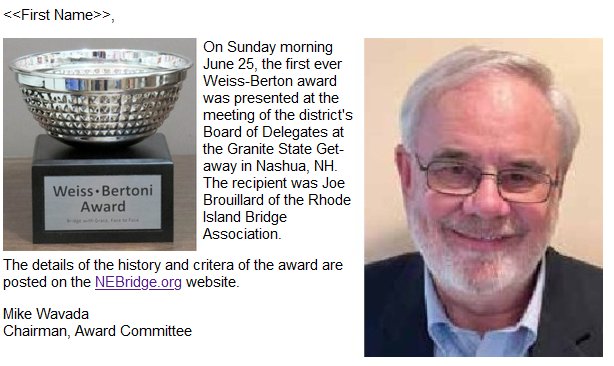
Three members of the awards committee told me that they had enjoyed the experience and liked the trophy.
I also asked the webmaster to post a blurb that I wrote about it, and he did.


